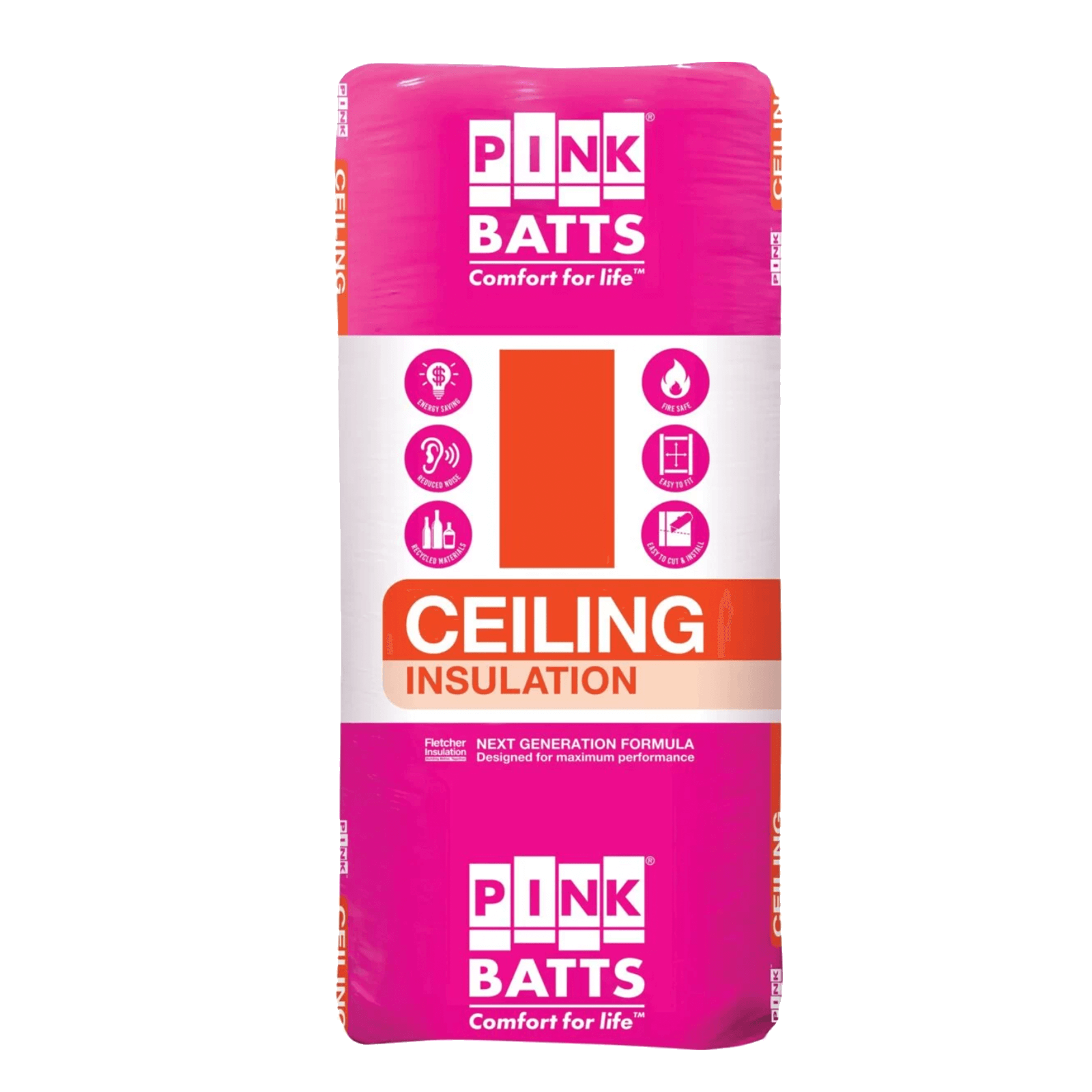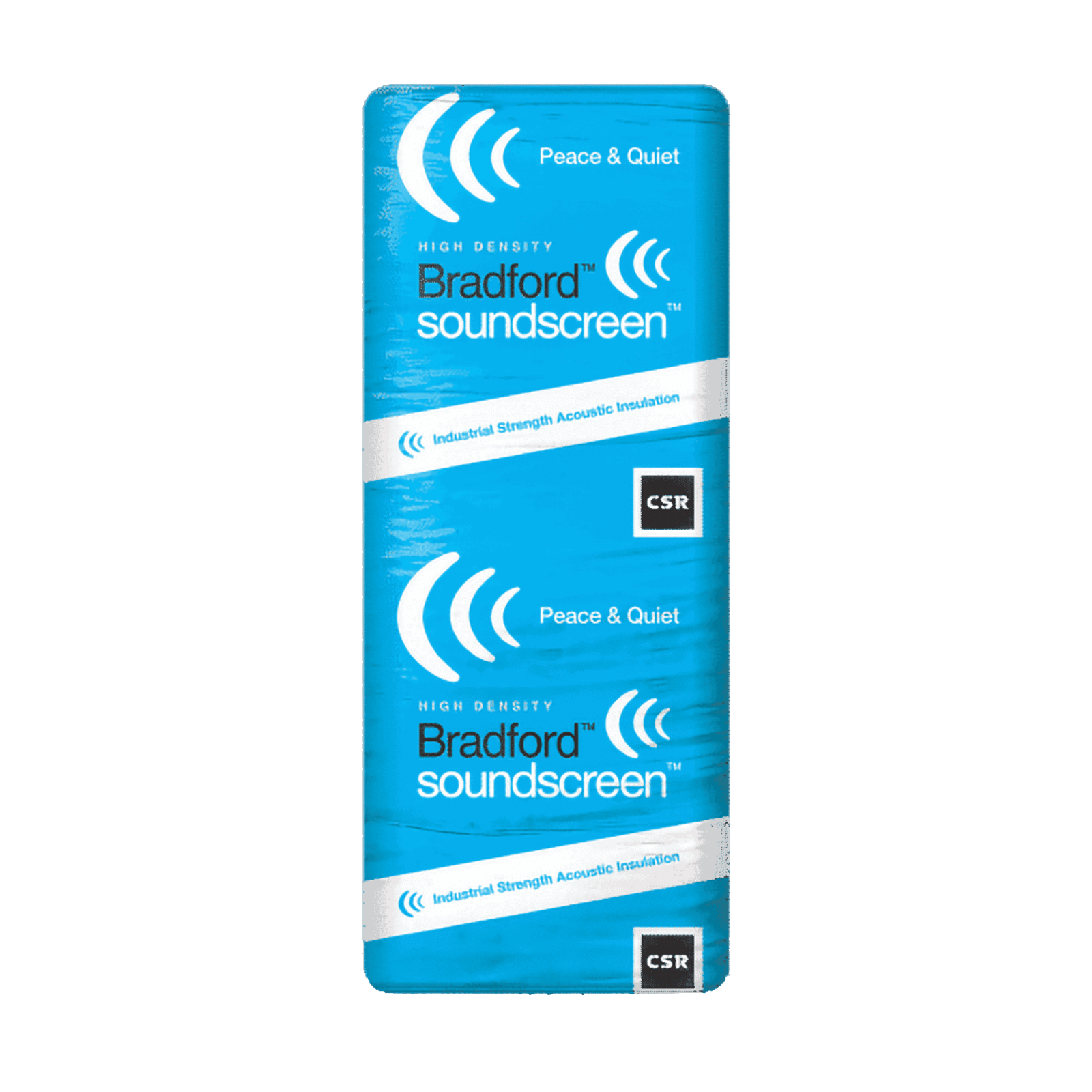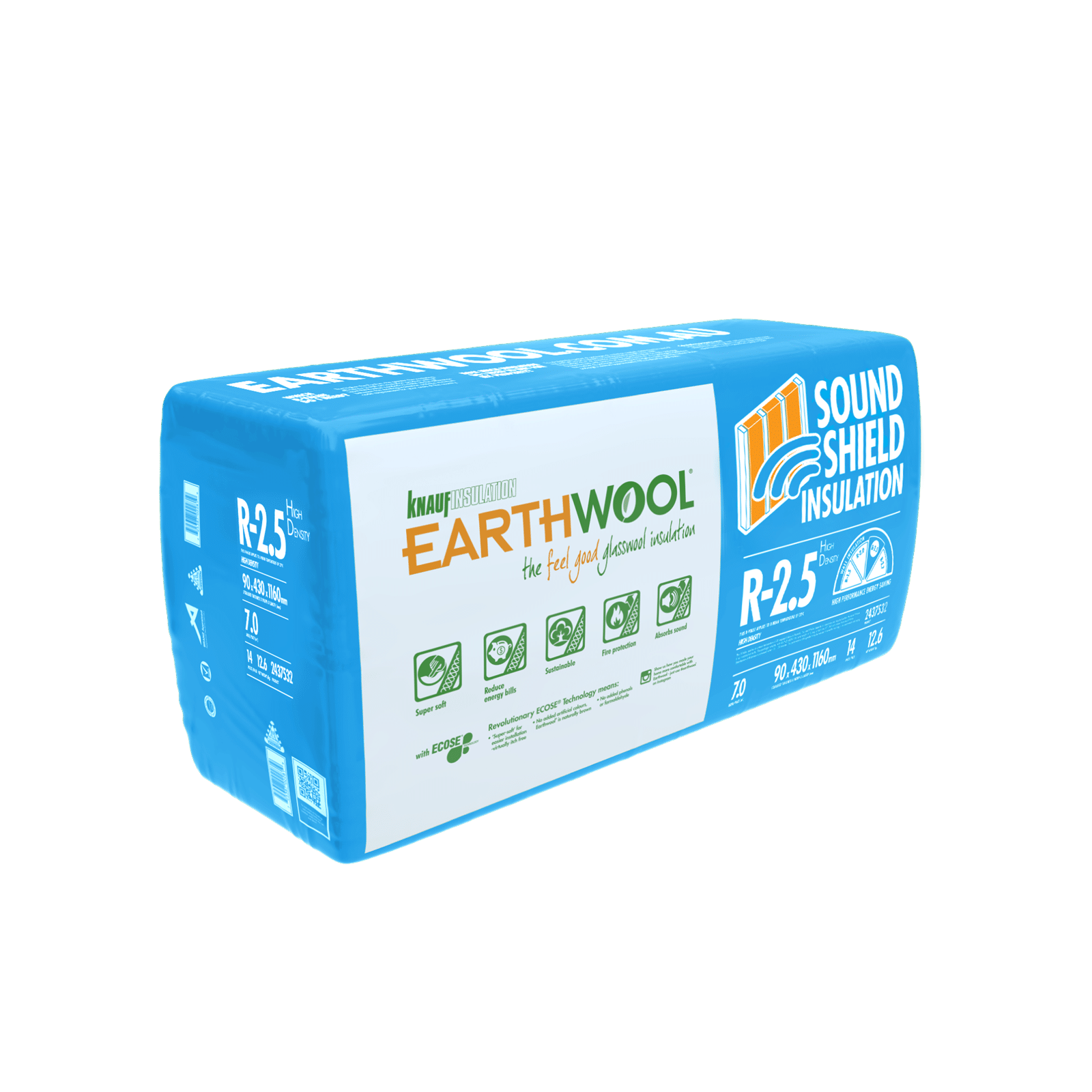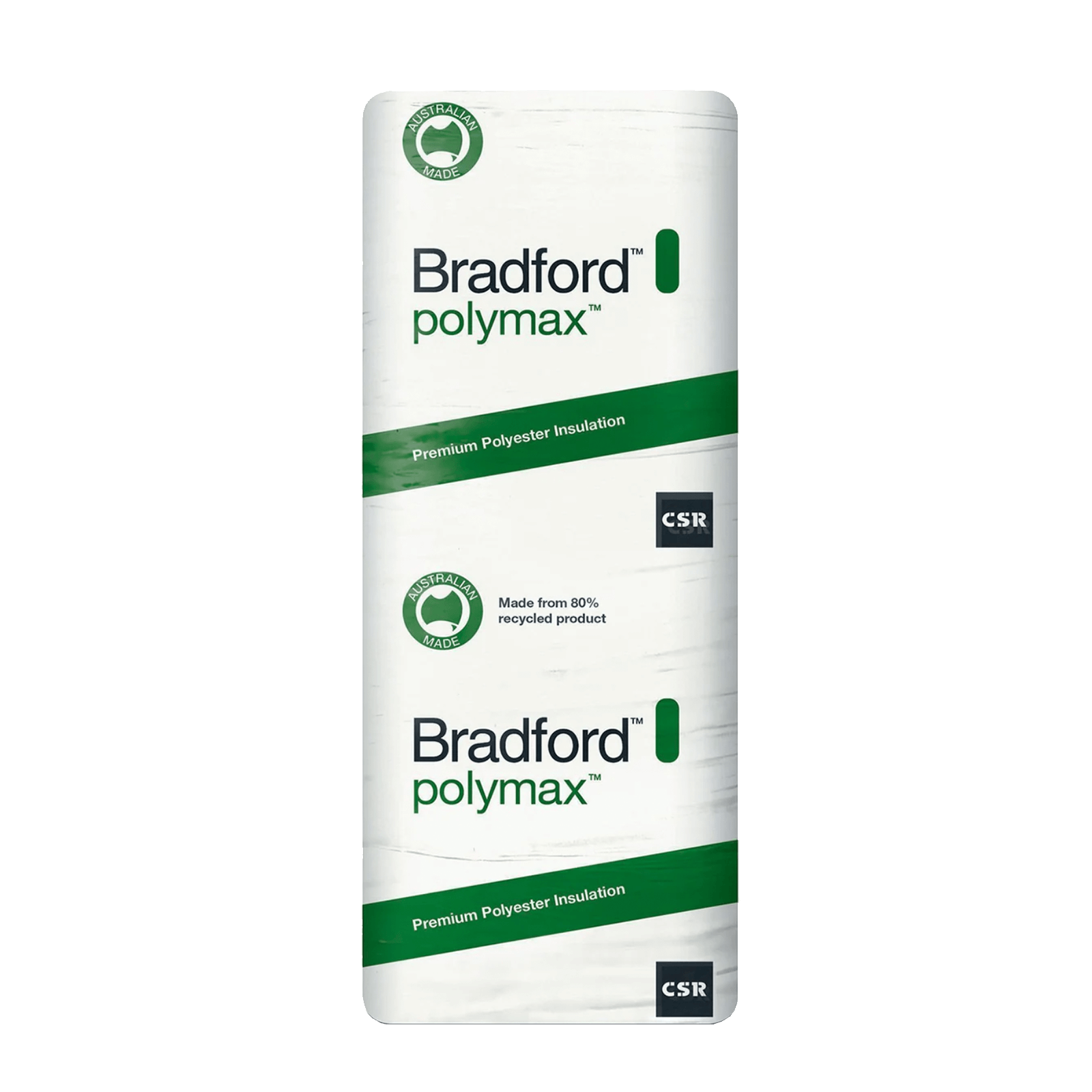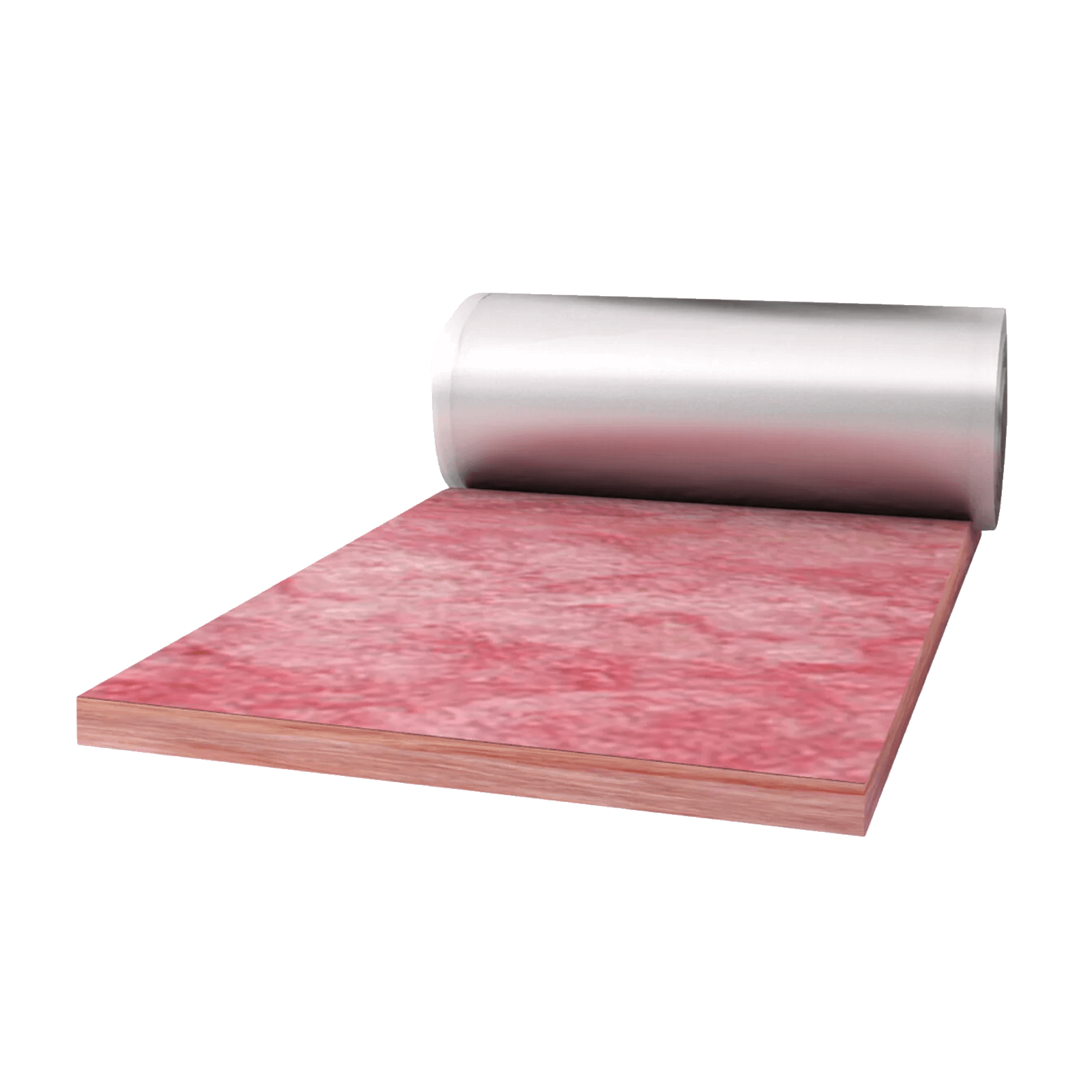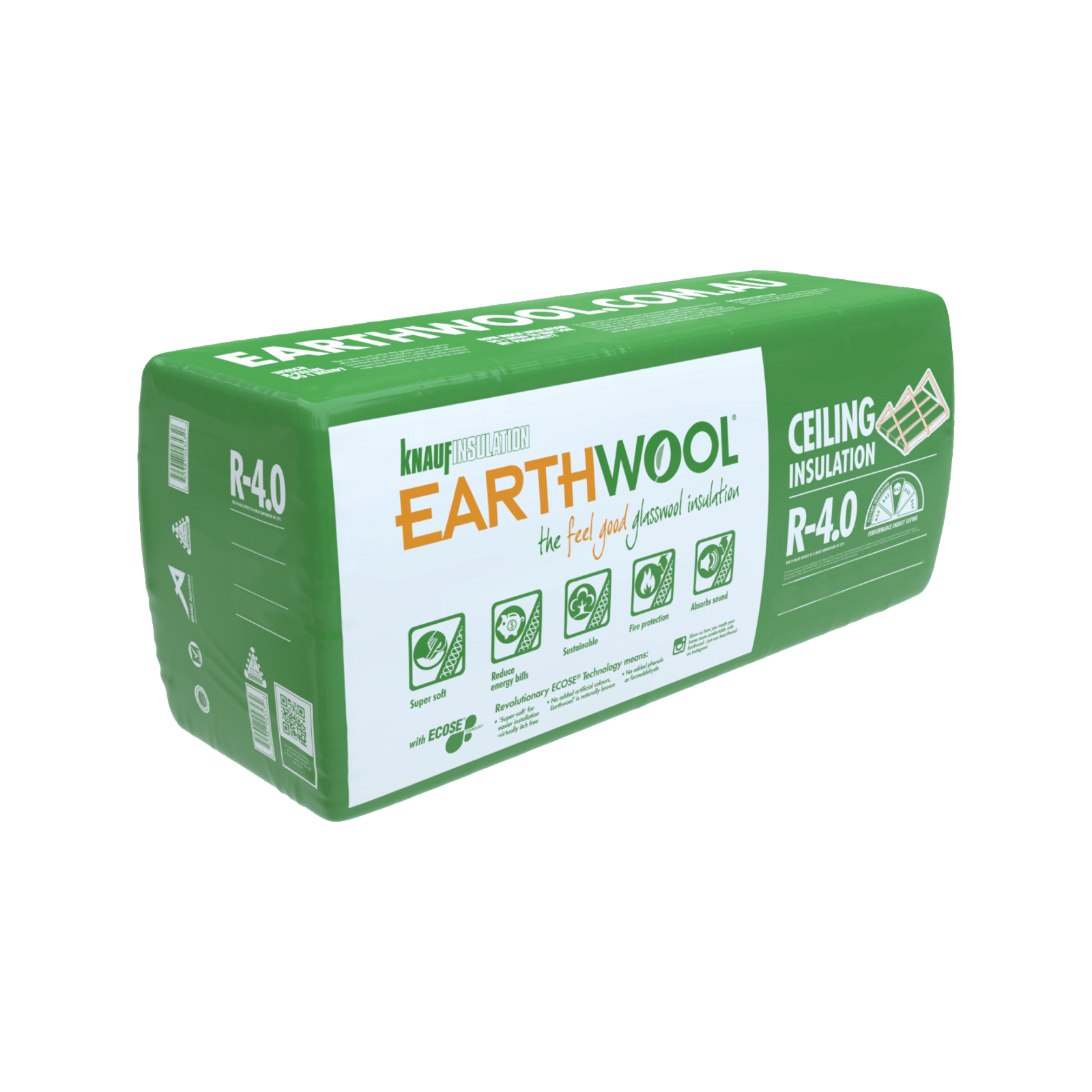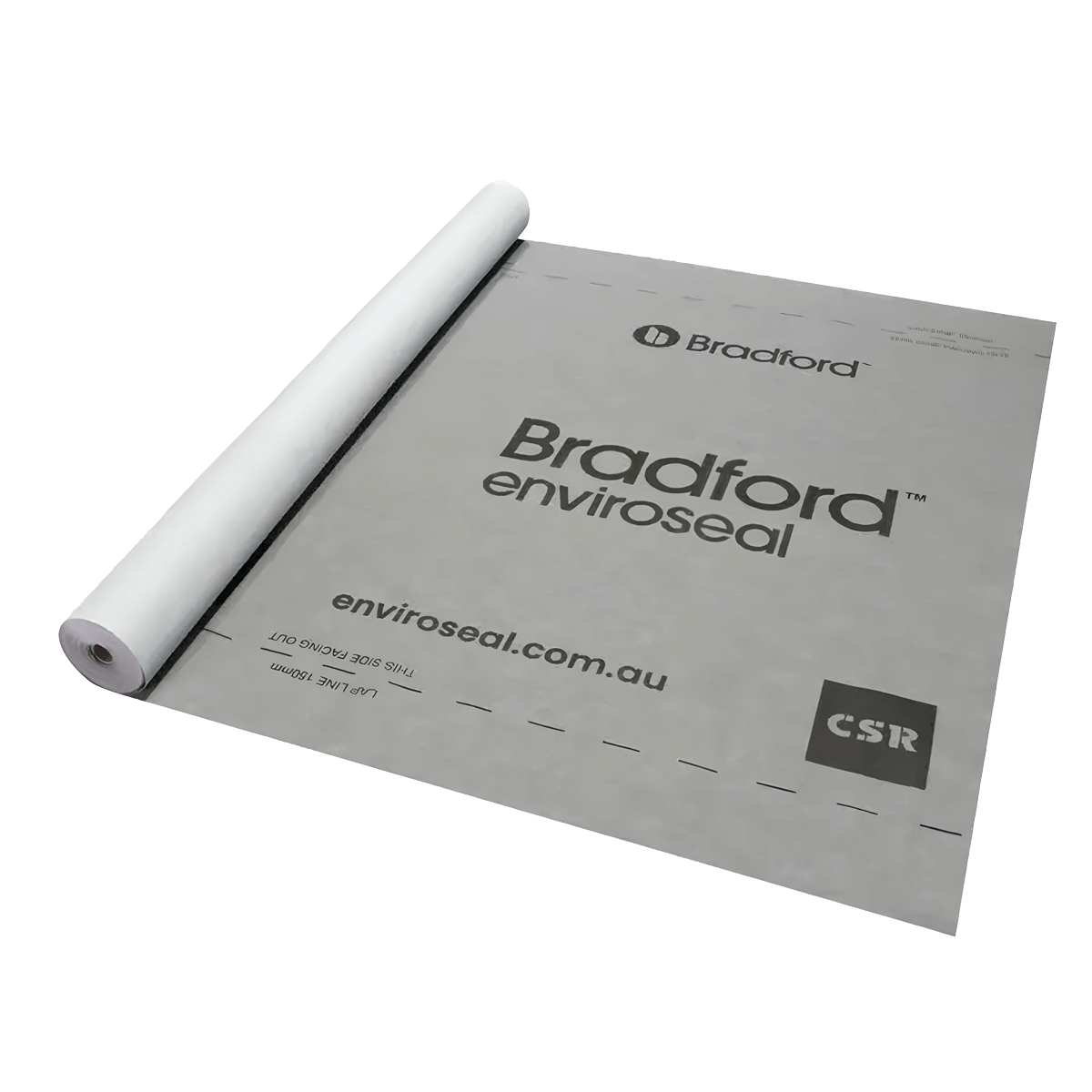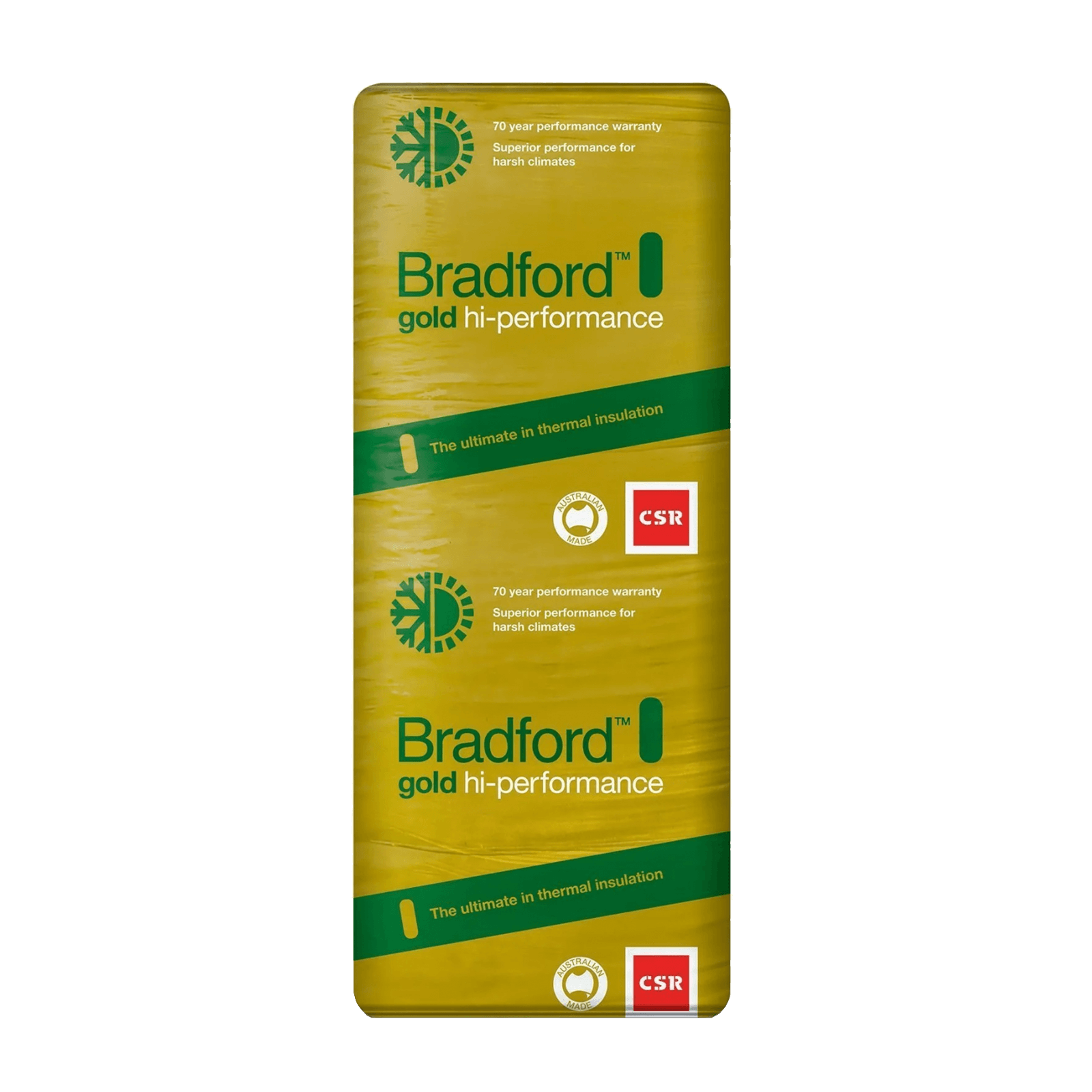Between Floors Insulation Guide
OG Insulation2025-06-21T05:22:57+00:00Between Floors Insulation
If your home has more than one level, insulating between floors can significantly improve comfort, energy efficiency, and noise control. Whether you’re tired of footsteps echoing overhead or want to maintain a consistent temperature across floors, this guide will help you understand the benefits, types, and installation methods of between floors insulation.
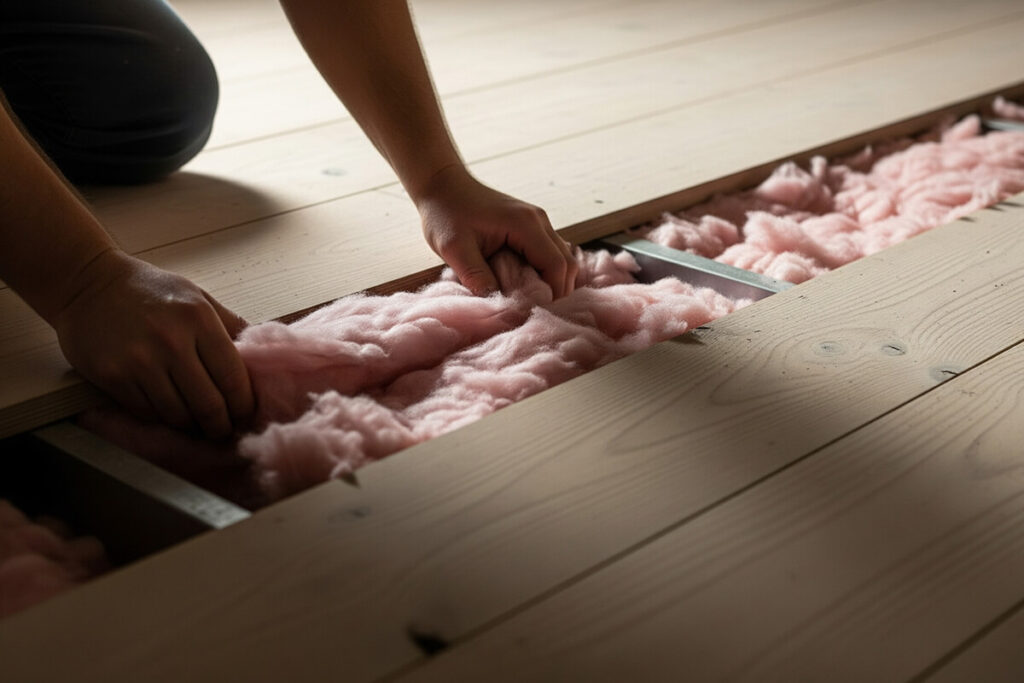
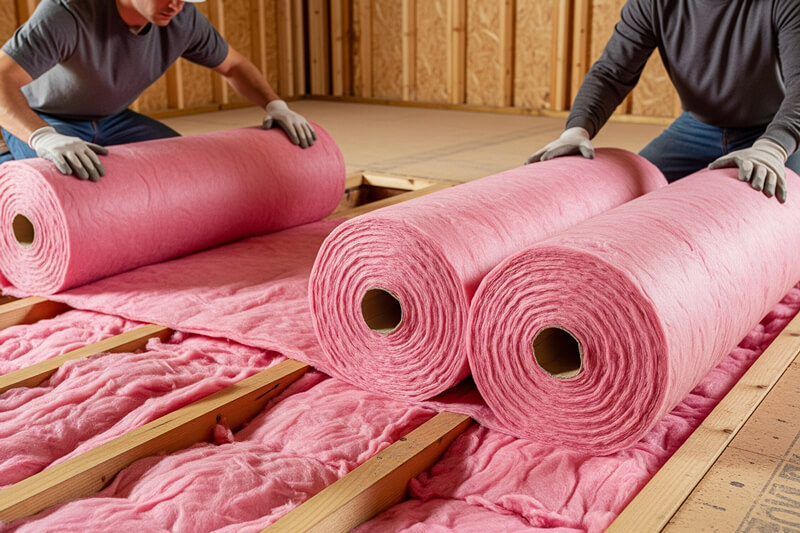
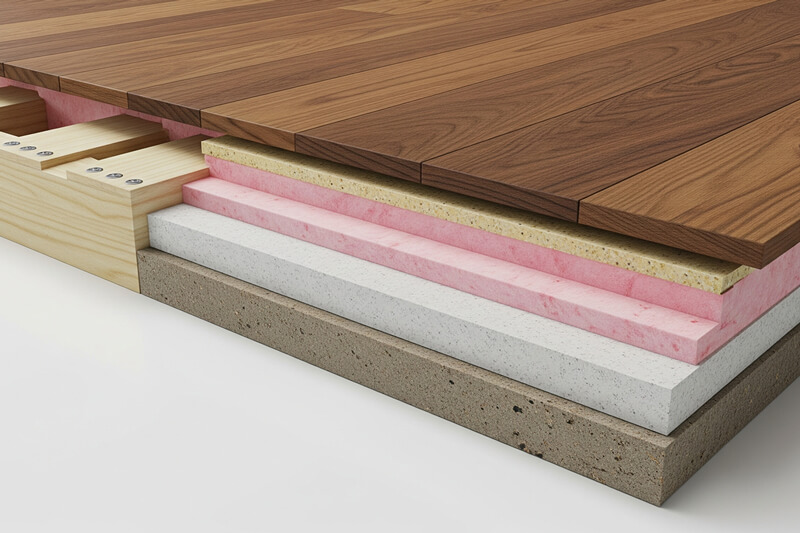
Between Floors Insulation Guide
Insulating between floors is a smart way to enhance comfort, improve soundproofing, and increase energy efficiency—especially in multi-story homes. Whether you’re dealing with noise between levels, cold air seeping up from a basement, or want to maximize your property’s energy performance, this guide covers everything you need to know about between floors insulation.
What Is Between Floors Insulation?
Between floors insulation refers to installing insulating materials in the cavity between the upper and lower levels of a building. It helps regulate indoor temperatures, reduces sound transmission, and can even contribute to fire safety when appropriate materials are used.
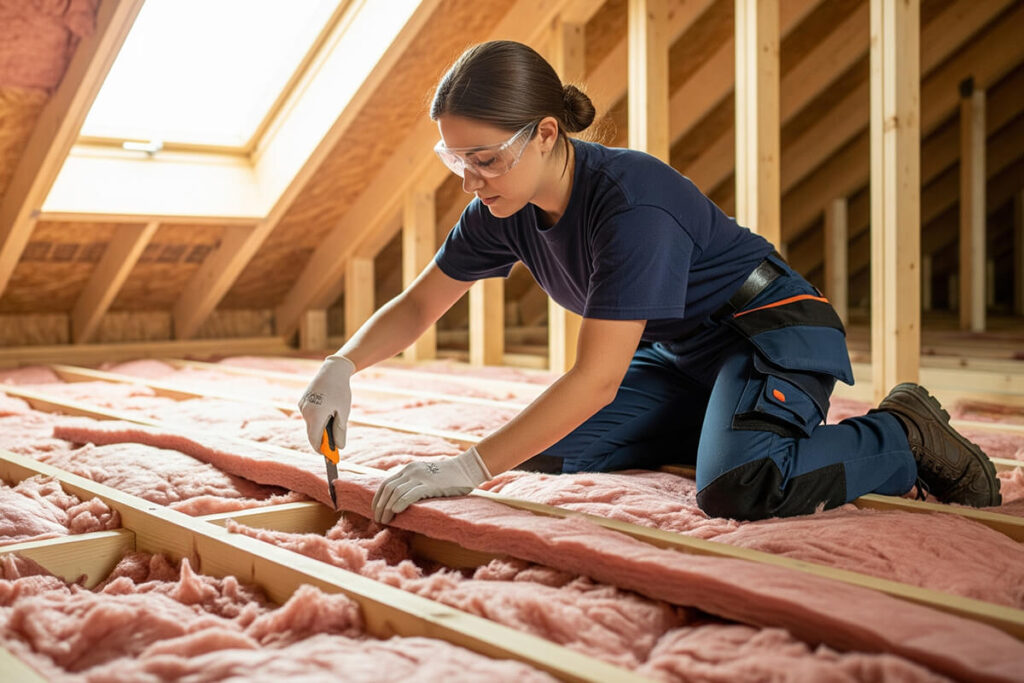
Benefits of Underfloor Insulation

Lower Energy Bills
Prevent heat loss and reduce heating costs.

Greater Comfort
Say goodbye to cold, drafty floors.

Noise Reduction
Insulation can help muffle sound between levels.

Sustainability
Use less energy and reduce your carbon footprint.

Moisture Protection
Prevent damp air from rising and protect floorboards.

Increased Property Value
Boost appeal with energy-efficient upgrades.
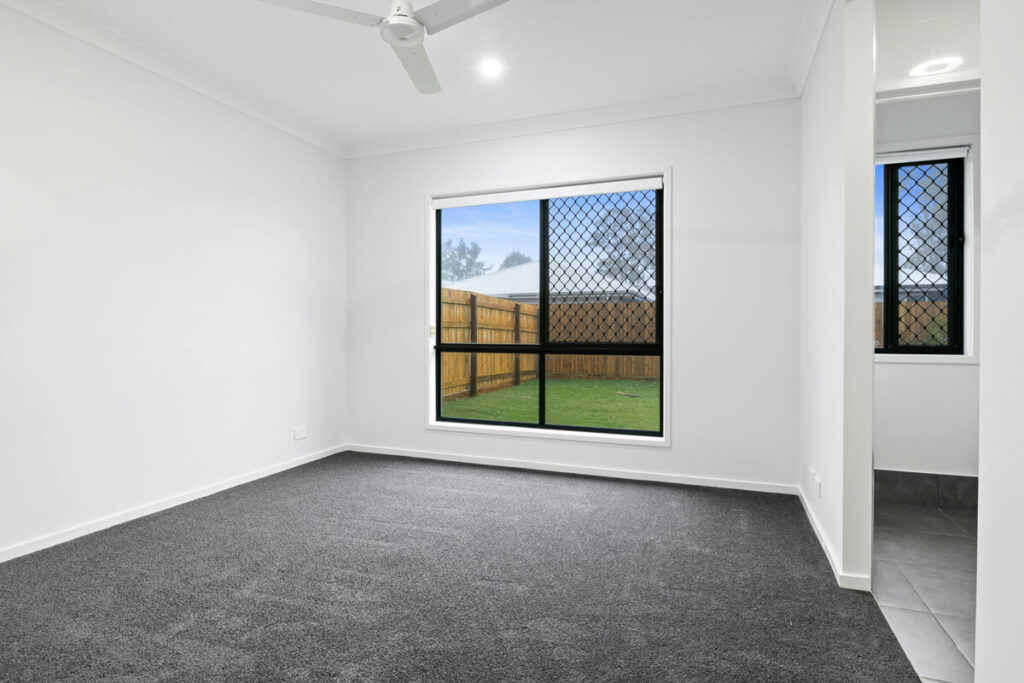
Which Homes Need It Most?
Homes with the following characteristics gain the most from between floors insulation:
- Multi-level houses with living spaces directly above garages or unheated rooms
- Older homes lacking any internal floor insulation
- Apartments or shared housing with noise concerns between units
- Properties with suspended timber floors or open voids between levels
Types of Between Floors Insulation
Several insulation options are suitable depending on the structure and desired performance:
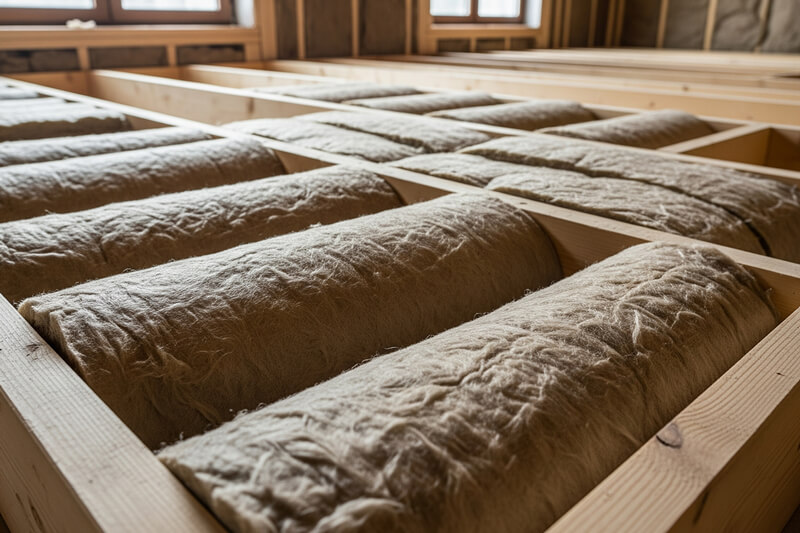
Acoustic Insulation Rolls
Designed to reduce airborne sound between floors (ideal for bedrooms, home offices, or shared housing)
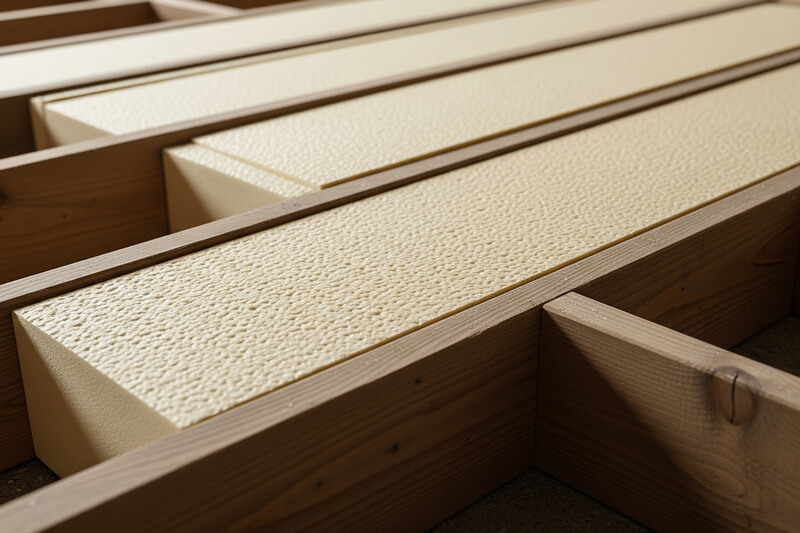
Rigid Foam Boards
Provide thermal insulation with some soundproofing; useful for solid or concrete floors
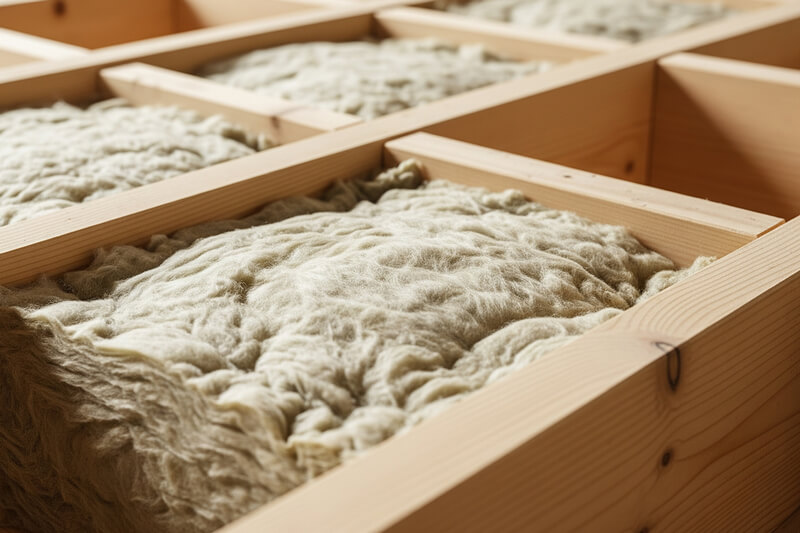
Mineral Wool Batts
Offer excellent fire resistance, thermal and acoustic performance
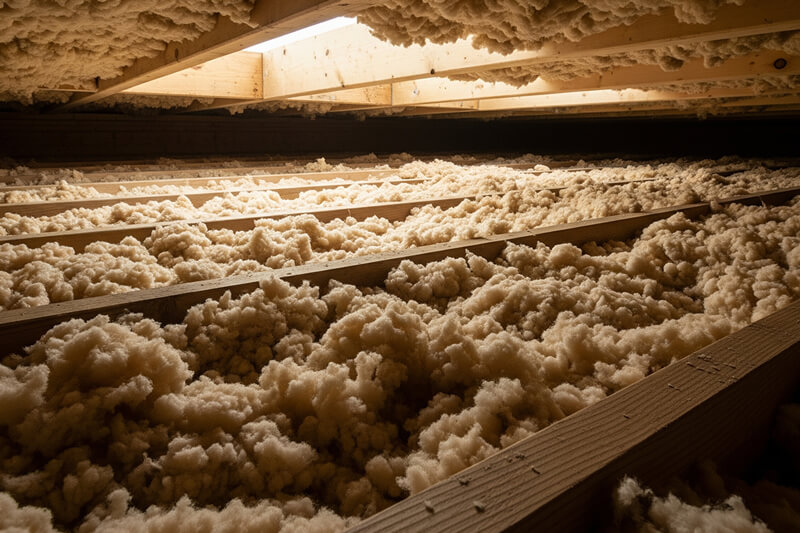
Blown-in Cellulose or Fiberglass
Ideal for retrofits without lifting floorboards
How to Install Between Floors Insulation
Installation methods vary by floor type and insulation material:
- From Below (Ceiling Access) – Ideal when you have access to an exposed ceiling (e.g., basement or garage ceiling)
- From Above (Lifting Floorboards) – Suitable for major renovations or during flooring replacement
- Blown-in Installation – A less invasive option using small access holes in ceilings or floors
Note: Always ensure proper fire-stopping and ventilation when insulating between floors, especially in multi-unit buildings.


